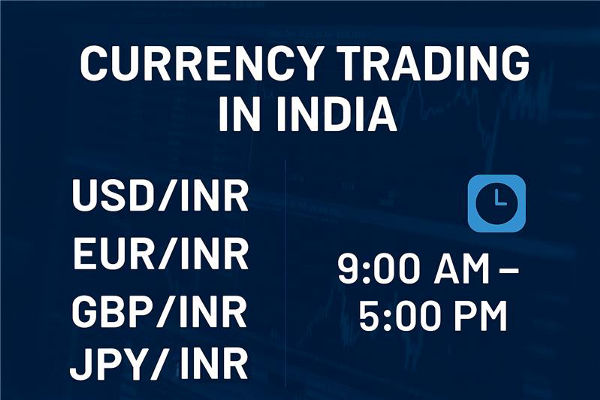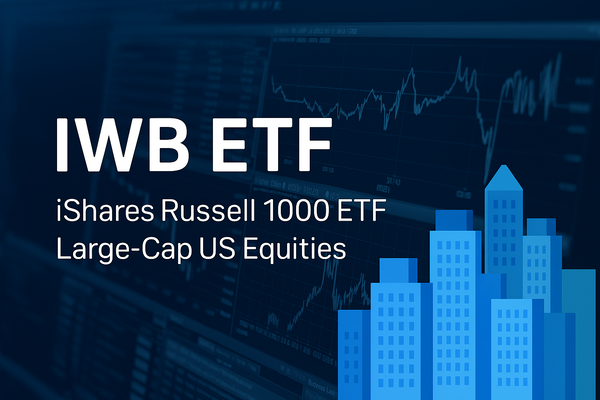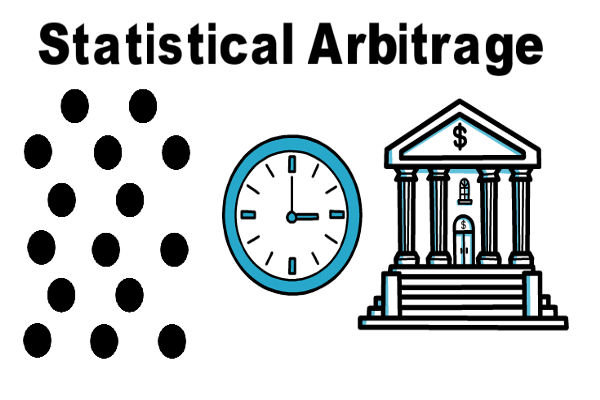The iShares S&P 500 Growth ETF (IVW) offers traders exposure to the fastest-growing companies in the S&P 500, making it a cornerstone for growth-focused portfolios.
With its low 0.18% expense ratio and strong historical performance, IVW ETF provides an efficient way to access technology giants, consumer discretionary leaders, and healthcare innovators. Here are five proven strategies that can help traders maximise their returns with this popular growth ETF.
5 Strategies for Growth with IVV
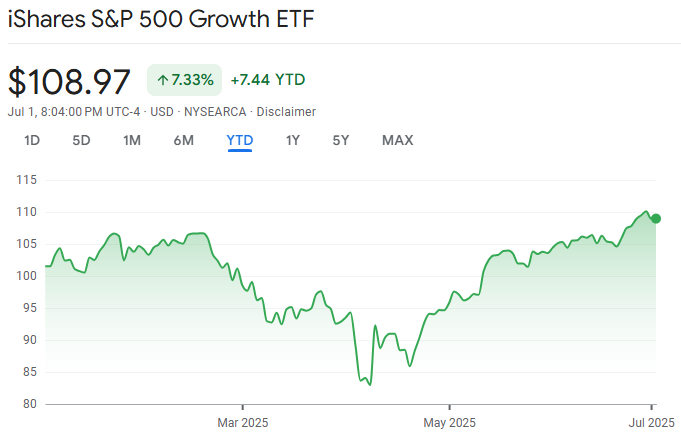
1. Trend Following Strategy
Trend following remains one of the most effective approaches for trading IVW, given the ETF's tendency to participate strongly in bull markets. This strategy involves identifying and riding sustained price movements in the direction of the primary trend.
Implementation:
-
Use moving average crossovers, such as the 50-day crossing above the 200-day moving average, to identify bullish trends
-
Enter long positions when IVW breaks above key resistance levels with strong volume
Set trailing stops to protect profits whilst allowing the trend to develop
Why it works with IVW:
Growth stocks tend to exhibit strong momentum during favourable market conditions. IVW's concentration in technology (34% weighting) and consumer discretionary (18% weighting) means it often leads market rallies, making trend following particularly effective.
2. Sector Rotation Strategy
IVW's sector composition makes it ideal for implementing sector rotation strategies. By understanding which sectors are gaining or losing favour, traders can time their IVW positions more effectively.
Key considerations:
-
Monitor the relative performance of technology and consumer discretionary sectors
-
Watch for shifts in market leadership from growth to value or vice versa
Use economic indicators to anticipate sector rotation cycles
Tactical approach:
Enter IVW positions when growth sectors show relative strength compared to defensive sectors like utilities and consumer staples. Exit or reduce exposure when value sectors begin outperforming, as this often signals a rotation away from growth stocks.
3. Swing Trading Around Earnings Seasons
IVW's holdings include many high-profile companies that report earnings quarterly, creating predictable volatility patterns that swing traders can exploit.
Strategy execution:
-
Identify key earnings dates for IVW's largest holdings (Apple, Microsoft, Nvidia, Amazon)
-
Enter positions 1-2 weeks before major earnings announcements
-
Use technical analysis to identify support and resistance levels
Set profit targets and stop losses based on historical volatility patterns
Risk management:
Given that earnings can be unpredictable, limit position sizes and consider using options strategies to define risk more precisely. The concentrated nature of IVW's top holdings means that a few key earnings reports can significantly impact the ETF's performance.
4. Dollar-Cost Averaging with Growth Timing
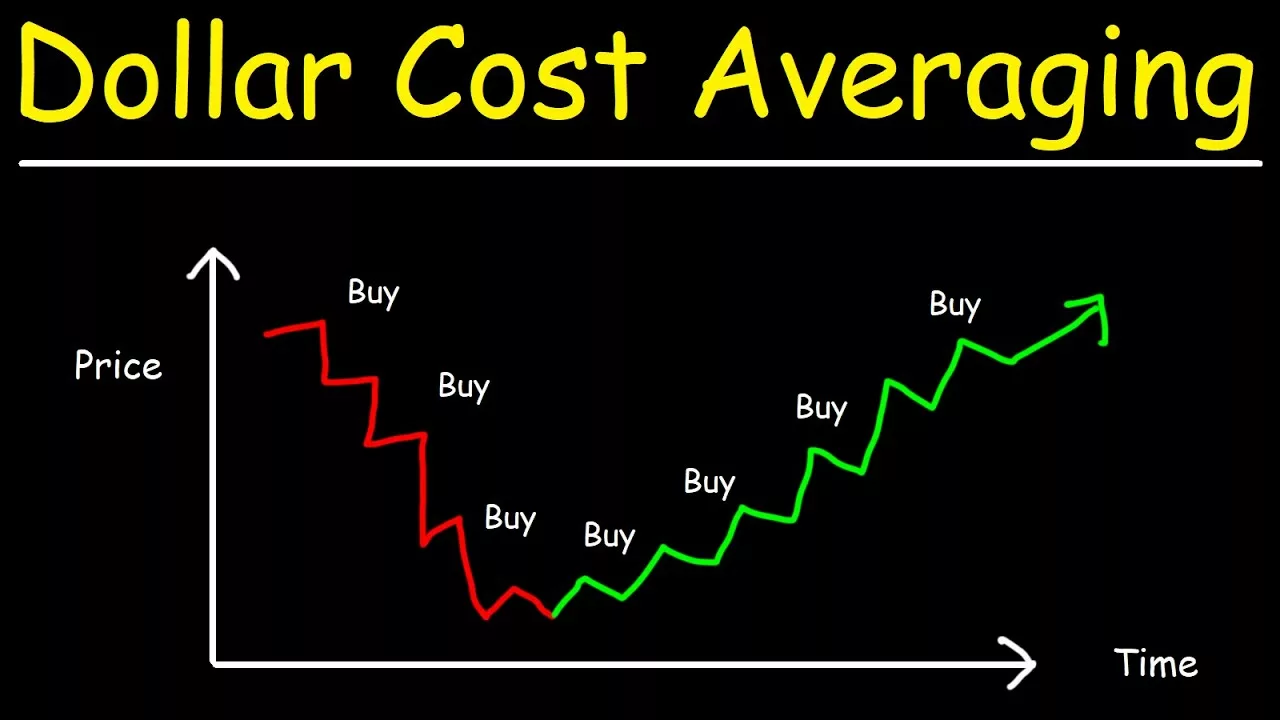
For longer-term traders, combining dollar-cost averaging with growth cycle timing can be highly effective with IVW.
Method:
-
Establish a regular investment schedule (monthly or quarterly)
-
Increase allocation during market corrections when growth stocks are oversold
Reduce allocation during periods of extreme overvaluation
Benefits:
This approach smooths out volatility whilst allowing traders to accumulate shares at various price points. IVW's strong long-term performance (13.79% annualised over 10 years) makes it well-suited for this strategy.
5. Pairs Trading with Value ETFs
Implementing a pairs trading strategy between IVW and value-focused ETFs like IVE (iShares S&P 500 Value ETF) can help traders profit from style rotation whilst maintaining market exposure.
Strategy mechanics:
-
Go long IVW and short IVE when growth is outperforming value
-
Reverse the positions when value begins outperforming growth
Monitor the IVW/IVE ratio to identify trend changes
Advantages:
This market-neutral approach reduces overall portfolio beta whilst capitalising on style rotation. It's particularly effective during periods when the market direction is uncertain but style preferences are shifting.
Risk Management Considerations
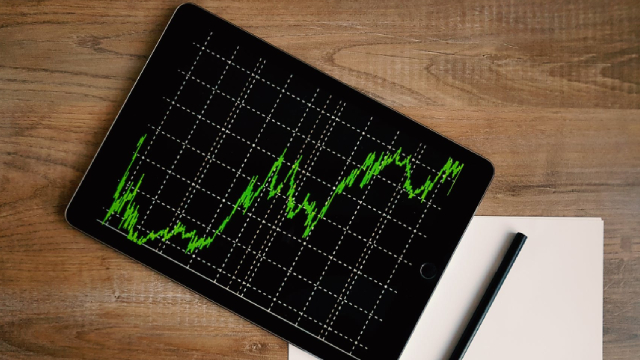
Regardless of which strategy you employ, proper risk management is crucial when trading IVW:
-
Volatility awareness: IVW can be more volatile than broad market ETFs due to its growth focus. Position sizing should reflect this increased volatility.
-
Concentration risk: With significant weightings in technology and a few large holdings, IVW can experience sharp moves based on sector-specific news.
Market cycle sensitivity: Growth stocks often underperform during economic downturns, making timing and risk management critical.
Optimising Your IVW Strategy
-
Technical analysis: Use RSI, MACD, and Bollinger Bands to identify entry and exit points. IVW often respects technical levels due to its high liquidity and institutional following.
-
Fundamental backdrop: Monitor interest rate environments, as growth stocks are sensitive to rate changes. Rising rates can pressure growth valuations, whilst falling rates often benefit growth stocks.
Correlation monitoring: Keep track of IVW's correlation with technology indices and individual mega-cap stocks, as these relationships can shift during different market regimes.
Conclusion
IVW offers traders multiple strategic approaches to capture growth stock performance within the S&P 500. Whether employing trend following, sector rotation, swing trading, dollar-cost averaging, or pairs trading strategies, success depends on understanding the ETF's characteristics and implementing proper risk management.
The key is matching your strategy to current market conditions whilst maintaining discipline in execution. With its low costs, high liquidity, and exposure to leading growth companies, IVW remains an excellent vehicle for implementing these growth-focused trading strategies.
Disclaimer: This material is for general information purposes only and is not intended as (and should not be considered to be) financial, investment or other advice on which reliance should be placed. No opinion given in the material constitutes a recommendation by EBC or the author that any particular investment, security, transaction or investment strategy is suitable for any specific person.





